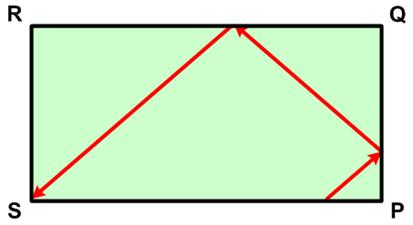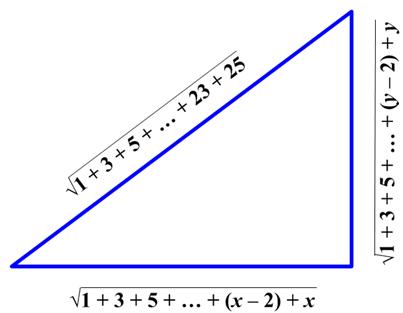 Here is a problem from the UKMT Senior (17-18 year-old) Mathematics Challenge for 2012:
Here is a problem from the UKMT Senior (17-18 year-old) Mathematics Challenge for 2012:
“Tom and Geri have a competition. Initially, each player has one attempt at hitting a target. If one player hits the target and the other does not then the successful player wins. If both players hit the target, or if both players miss the target, then each has another attempt, with the same rules applying. If the probability of Tom hitting the target is always 4/5 and the probability of Geri hitting the target is always 2/3, what is the probability that Tom wins the competition?
______A 4/15______B 8/15______C 2/3______D 4/5______E 13/15”
See Hitting the Target for solutions.

 This is another UKMT Senior Challenge problem, this time from 2006.
This is another UKMT Senior Challenge problem, this time from 2006. This is a fun little problem from the United Kingdom Mathematics Trust (UKMT) Senior Math Challenge of 2008.
This is a fun little problem from the United Kingdom Mathematics Trust (UKMT) Senior Math Challenge of 2008. This is an interesting problem from the United Kingdom Mathematics Trust (UKMT) Senior Math Challenge of 2008.
This is an interesting problem from the United Kingdom Mathematics Trust (UKMT) Senior Math Challenge of 2008.